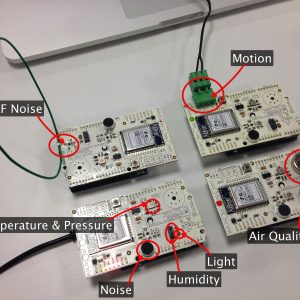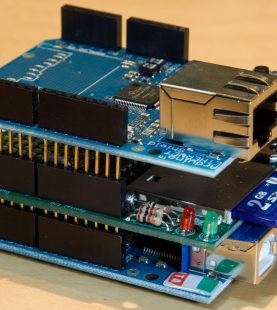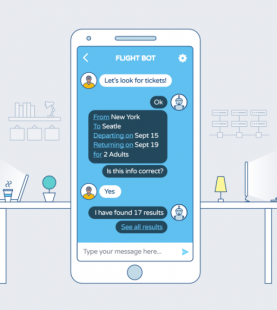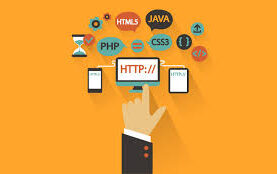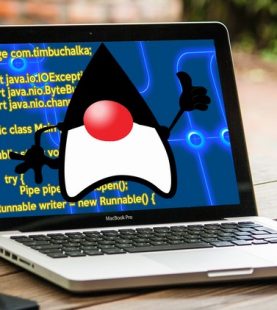- Have any question?
- (254) 729 717 002
- kidstecharts@gmail.com
Introduction to IoT
- Engineering, Software development
- 0 (Registered)
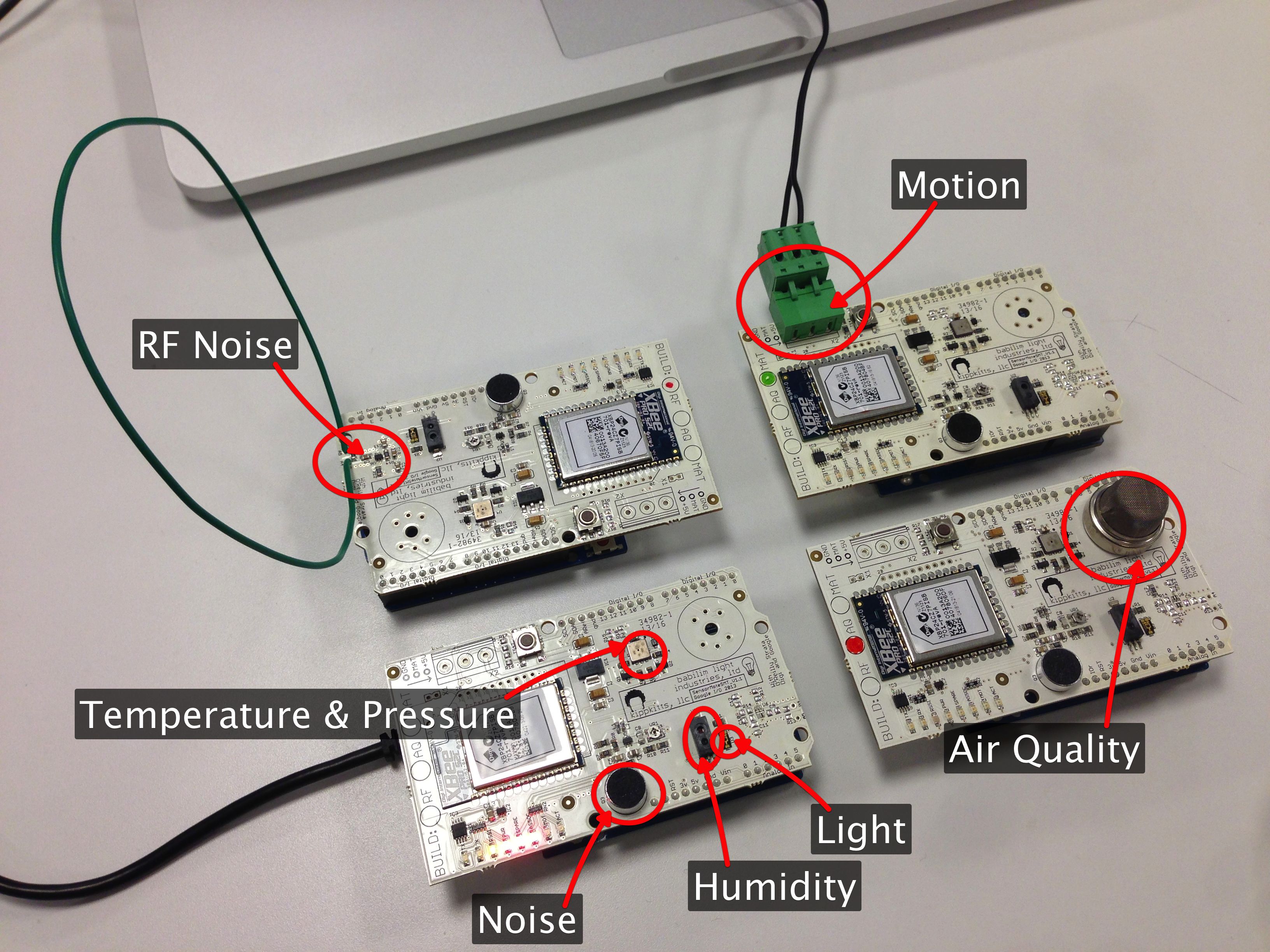
We will be beginning this IoT tutorial by discussing how it all started. Then, we will try to understand what exactly is the Internet of Things.
IoT Tutorial: Birth of IoT
Let me start this IoT tutorial by introducing the person who coined the term “Internet of Things“. The term “The Internet of Things” (IoT) was coined by Kevin Ashton in a presentation to Proctor & Gamble in 1999. He is a co-founder of MIT’s Auto-ID Lab. He pioneered RFID (used in bar code detector) for the supply-chain management domain. He also started Zensi, a company that makes energy sensing and monitoring technology.
So, let me first take you through a quote by Kevin Ashton, which he wrote in 2009 for RFID journal. This will help you in understanding IoT from its core.
If we had computers that knew everything there was to know about things—using data they gathered without any help from us—we would be able to track and count everything, and greatly reduce waste, loss and cost. We would know when things needed replacing, repairing or recalling, and whether they were fresh or past their best.
We need to empower computers with their own means of gathering information, so they can see, hear and smell the world for themselves, in all its random glory.
The above Kevin’s quote would have given you an idea about the ideologies behind the development of IoT. Let’s now try to further simplify this term and understand IoT fundamentally. After this, we will be moving forward and looking towards the benefits of IoT.
IoT Tutorial: Introduction to IoT
The ‘Thing’ in IoT can be any device with any kind of built-in-sensors with the ability to collect and transfer data over a network without manual intervention. The embedded technology in the object helps them to interact with internal states and the external environment, which in turn helps in decisions making process.

IOT Tutorial: What is IoT?
In a nutshell, IoT is a concept that connects all the devices to the internet and let them communicate with each other over the internet. IoT is a giant network of connected devices – all of which gather and share data about how they are used and the environments in which they are operated.
By doing so, each of your devices will be learning from the experience of other devices, as humans do. IoT is trying to expand the interdependence in human- i.e interact, contribute and collaborate to things. I know this sounds a bit complicated, let’s understand this with an example.
A developer submits the application with a document containing the standards, logic, errors & exceptions handled by him to the tester. Again, if there are any issues Tester communicates it back to the Developer. It takes multiple iterations & in this manner a smart application is created.
Similarly, a room temperature sensor gathers the data and send it across the network, which is then used by multiple device sensors to adjust their temperatures accordingly. For example, refrigerator’s sensor can gather the data regarding the outside temperature and accordingly adjust the refrigerator’s temperature. Similarly, your air conditioners can also adjust its temperature accordingly. This is how devices can interact, contribute & collaborate.

IOT Tutorial: Connecting multiple devices
I hope that now you would have got an idea of what IoT really is. Now advancing in our IoT tutorial, we will discuss the benefits of IoT and the hardware used in IoT application.
IoT Tutorial: Benefits of IoT
Since IoT allows devices to be controlled remotely across the internet, thus it created opportunities to directly connect & integrate the physical world to the computer-based systems using sensors and internet. The interconnection of these multiple embedded devices will be resulting in automation in nearly all fields and also enabling advanced applications. This is resulting in improved accuracy, efficiency and economic benefit with reduced human intervention. It encompasses technologies such as smart grids, smart homes, intelligent transportation and smart cities. The major benefits of IoT are:
- Improved Customer Engagement – IoT improves customer experience by automating the action. For e.g. any issue in the car will be automatically detected by the sensors. The driver, as well as the manufacturer, will be notified about it. Till the time driver reaches the service station, the manufacturer will make sure that the faulty part is available at the service station.
- Technical Optimization – IoT has helped a lot in improving technologies and making them better. The manufacturer can collect data from different car sensors and analyze them to improve their design and make them much more efficient.
- Reduced Waste – Our current insights are superficial, but IoT provides real-time information leading to effective decision making & management of resources. For example, if a manufacturer finds fault in multiple engines, he can track the manufacturing plant of those engines and can rectify the issue with manufacturing belt.
Nowadays, we are surrounded by lots of IoT enabled devices which are continuously emitting data and communicating through multiple devices. Moving ahead, let’s discuss the required hardware for building an IoT application. We will also look at the IoT devices which we are using in our day to day life.
IoT Tutorial: IoT Hardware
Now you would be wondering what is the required hardware for preparing an IoT solution. The answer to this question is, you’ll first require sensors that will sense the environment, then you require a remote dashboard to monitor your output and display it in a clearer & conceivable form. At last, you will require a device with the capability of serving & routing. The key task of the system would be detecting specific conditions and taking actions accordingly. One thing to keep in mind is securing the communication between the devices and the dashboard.
Some of the common sensors that you are surrounded by are accelerometers, temperature sensors, magnetometers, proximity sensors, gyroscopes, image sensors, acoustic sensors, light sensors, pressure sensors, gas RFID sensors, humidity sensors & micro flow sensors.
Nowadays we also have many wearable devices like smartwatches, shoes & 3D glasses. This is the best example of a smart solution. 3D glasses adjust television’s brightness and contrast according to your eye and your smartwatches keeps track of your daily activities and fitness.
But I feel the most important device which has tremendously contributed to IoT are the cell phones. Mobile apps have immensely contributed to revolutionizing the technology world. Cell phones are already encased with applications and sensors that reveals lots of information about its user. It has Geo-location information, it can sense and trace light condition, the orientation of your device and a lot more information. It also comes with multiple connectivity options like Wi-Fi, Bluetooth and cellular that helps them to communicate with other devices. Thus, due to these default qualities of cell phones, it is the core of the IoT ecosystem. Today, Smartphone can interact with smartwatch and fitness band to further ease and enhance the user experience.
IoT uses multiple technologies and protocols to communicate with devices based on the requirements. The major technologies & protocols are Bluetooth, wireless, NFC, RFID, radio protocols and WiFi-Direct.
IoT applications are flourishing across all industries & market. The IoT has a multitude of expansion over various industries. It spans over all groups of users, from those who are trying to reduce & conserve energy in their home to large organizations who want to improve their business operations. IoT has not only proved itself useful in optimizing critical applications in many organisations, but also have boosted the concept of advanced automation which we have imagined a decade before. Let’s understand the capabilities of IoT across different industries and look how they are revolutionizing them.
IoT Tutorial: IoT Across Various Domains
Energy Applications: The energy rates have raised to a great instinct. Individuals and organisations, both are searching ways to reduce and control the consumption. IoT provides a way to not only monitor the energy usage at the appliance-level but also at the house-level, grid level or could be at the distribution level. Smart Meters & Smart Grid are used to monitor energy consumption. It also detects threats to the system performance and stability, which protect appliances from downtime and damages.
Healthcare Application: Smartwatches and fitness devices have changed the frequency of health monitoring. People can monitor their own health at regular intervals. Not only this, now if a patient is coming to the hospital by ambulance, by the time he or she reaches the hospital his health report is diagnosed by doctors and the hospital quickly starts the treatment. The data gathered from multiple healthcare applications are now collected and used to analyze different disease and find its cure.
Education: IoT provides education aids which helps in fulfilling the gaps in the education industry. It not only improves the quality of education but also optimizes the cost and improves the management by taking into consideration students response and performance.
Government: Governments are trying to build smart cities using IoT solutions. IoT enhances armed force systems and services. It provides better security across the borders through inexpensive & high-performance devices. IoT helps government agencies to monitor data in real-time and improve their services like healthcare, transportation, education etc.
Air and Water Pollution: Through various sensors, we can detect the pollution in the air and water by frequent sampling. This helps in preventing substantial contamination and related disasters. IoT allows operations to minimize the human intervention in farming analysis and monitoring. Systems automatically detect changes in crops, soil, environment, and more.
Transportation: IoT has changed the transportation sector. Now, we have self-driving cars with sensors, traffic lights that can sense the traffic and switch automatically, parking assistance, giving us the location of free parking space etc. Also, various sensors in your vehicle indicate you about the current status of your vehicle, so that you don’t face any issues while travelling.
Marketing your product: Using IoT, organizations can better analyze & respond to customer preferences by delivering relevant content and solutions. It helps in improving business strategies in the real-time.
Now that we are aware of the powerful IoT solutions that have been astoundingly impacting various domains, let’s take a deep dive and understand Raspberry Pi, which is commonly used to prepare IoT solutions. After understanding Raspberry Pi we will be creating an IoT application.
IoT Tutorial: Raspberry Pi
The Raspberry Pi is a small credit-card sized computer developed in the United Kingdom by the Raspberry Pi Foundation. Their primary motive was to support & promote the teaching of basic computer science in schools and in developing countries. Far more than expected, it did wonders in many fields, such as robotics. More than 5 million Raspberry Pis have been sold before February 2015, according to the Raspberry Pi Foundation.
The current version is RPi 3 which was released in February 2016. The below figure gives a physical demonstration of it.
 IOT Tutorial: Raspberry Pi
IOT Tutorial: Raspberry Pi
CPU speed ranges from 700 MHz to 1.2 GHz for the Pi 3 & has 1 GB of RAM. SD cards are used to store the operating system and program memory. It has four USB slots, HDMI and composite video output, and a 3.5 mm phone jack for audio. For lower level output it has a number of GPIO pins which support common protocols like I²C. Pi 3 is also equipped with Wi-Fi 802.11n and Bluetooth.
It is used for multiple purposes. It could be used as a general computer, for browsing the internet, playing HD videos, making spreadsheets & word-processing or playing games. But nowadays it is mostly being used for making IoT projects like infra-red cameras, security systems, music machines & detectors for weather stations. As we earlier discussed, Raspberry Pi is getting immense popularity in the field of robotics due to its portable size and good processing power required for standalone systems.
There is a list of operating systems supported by Raspberry Pi like RISC OS Pi, FreeBSD, NetBSD, Plan 9 from Bell Labs, Windows 10 IoT Core, xv6, Haiku, HelenOS, Genode OS Framework and many more. The Raspberry Pi Foundation recommends the use of Raspbian, a Debian-based Linux operating system. To install Raspian on your Raspberry Pi follow the steps:
- Download NOOBS from the official website of the Raspberry Pi Foundation.
- Extract the files in the SD card which you will be using for the storing the operating system and the program memory.
- Put the SD Card in Raspberry Pi SD Card slot.
- Follow the installation steps.

